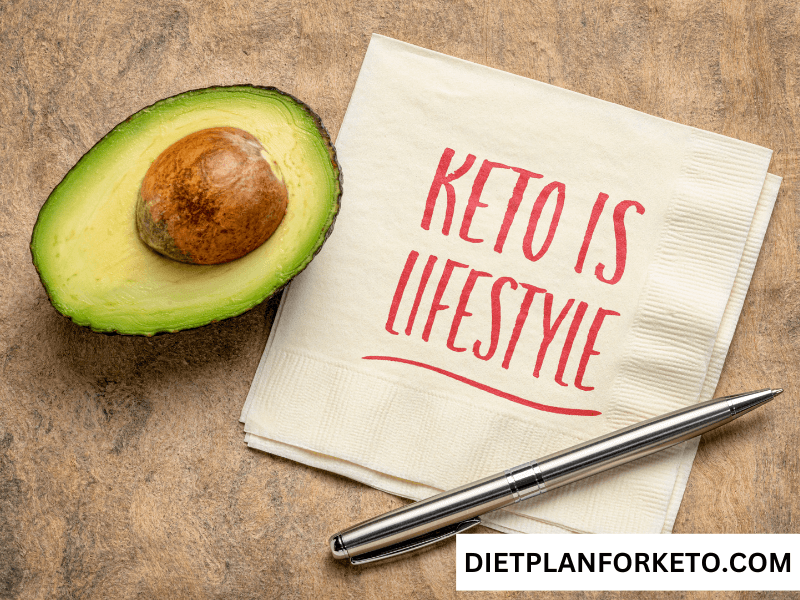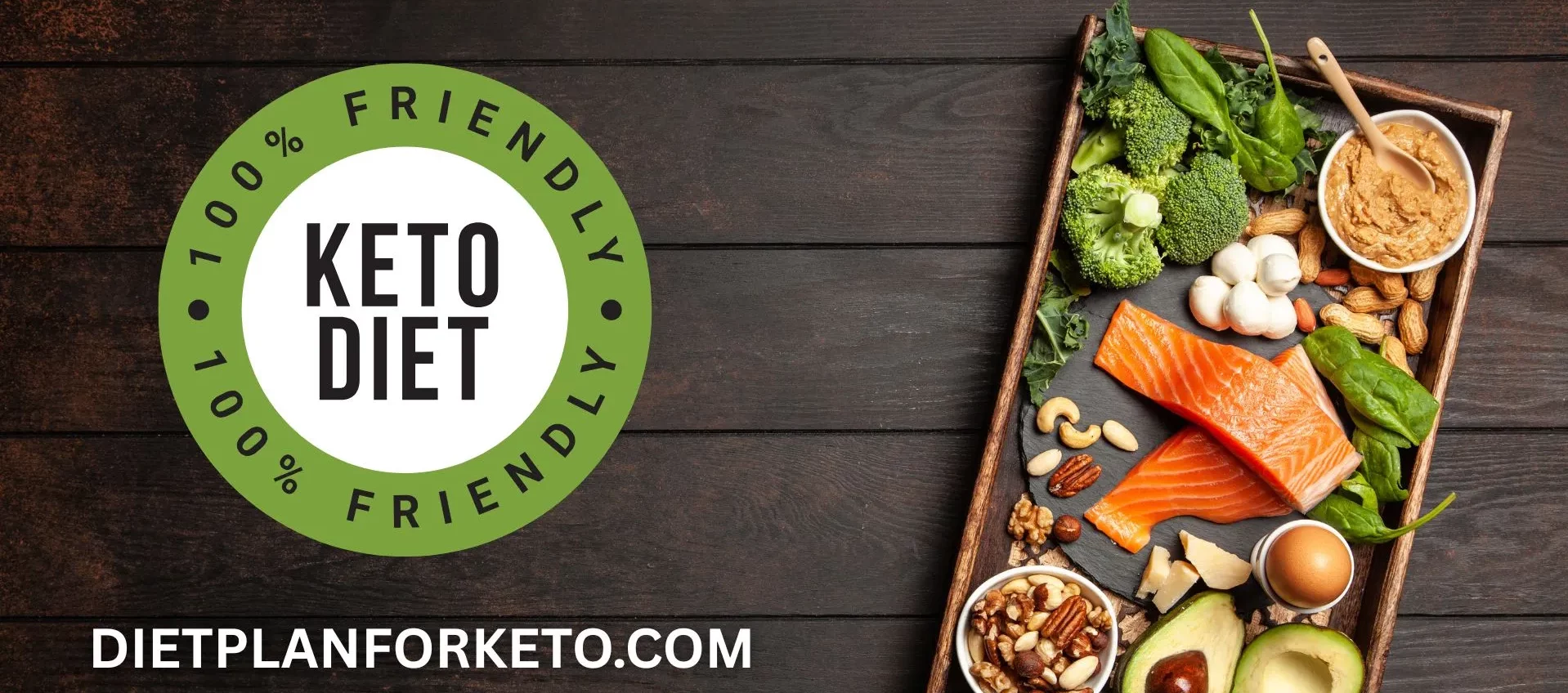Table of Contents
- Introduction: Why Quick Keto Recipes Matter
- Essentials of the Keto Diet
- 10-Minute Keto Breakfast for Dinner Options
- One-Pan Keto Wonders
- Keto-Friendly Soups and Stews
- Easy Keto Skillet Meals
- No-Cook Keto Recipes for Extra Busy Nights
- Slow Cooker Keto Recipes
- Keto-Friendly Desserts for Busy Nights
- Tips for Quick Meal Prep and Storage
- Top Keto Ingredients to Always Have on Hand
- Conclusion: Embracing Keto Without Stress
- Pros and Cons of Quick Keto Meals
Introduction: Why Quick Keto Recipes Matter
In today’s fast-paced world, eating healthy often takes a back seat to convenience. For those on a ketogenic diet, this challenge can feel even more daunting, especially when trying to avoid carb-heavy fast food options.
That’s where quick and simple keto recipes come to the rescue! This guide offers beginner-friendly recipes and tips designed to make busy weeknight cooking both manageable and delicious.
Essentials of the Keto Diet
Before diving into the recipes, it’s important to understand the basics of keto. A ketogenic diet emphasizes low-carb, high-fat meals, which help the body enter a state of ketosis, burning fat for fuel instead of carbs. Key principles include:
- Focus on Healthy Fats: Avocado, olive oil, and fatty fish are your best friends.
- Limit Carbs: Stay under 20-50 grams of net carbs per day.
- Prioritize Protein: Include chicken, beef, eggs, and plant-based proteins like tofu.
For a detailed beginner’s guide to the ketogenic lifestyle, check out this comprehensive keto resource.
10-Minute Keto Breakfast for Dinner Options
1. Avocado and Egg Bowl
- Ingredients:
- 1 ripe avocado
- 2 large eggs
- Salt and pepper to taste
- A pinch of paprika (optional)
- Instructions:
- Halve and pit the avocado. Scoop out a little of the flesh to make room for the egg.
- Crack an egg into each avocado half.
- Bake at 375°F for 8-10 minutes or until eggs are cooked to your liking.
- Season with salt, pepper, and paprika.
- Carbs per serving: 4g net carbs
2. Keto Omelet Muffins
- Ingredients:
- 6 large eggs
- ½ cup chopped spinach
- ½ cup shredded cheese
- ¼ cup diced ham
- Instructions:
- Preheat the oven to 350°F and grease a muffin tin.
- Whisk the eggs in a large bowl, then mix in spinach, cheese, and ham.
- Pour the mixture into muffin tins, filling each about three-quarters full.
- Bake for 15 minutes or until set.
- Carbs per serving: 2g net carbs (per muffin)
One-Pan Keto Wonders
3. Garlic Butter Shrimp with Zoodles
- Ingredients:
- 1 lb shrimp, peeled and deveined
- 3 zucchinis (spiralized)
- 3 tbsp butter
- 3 cloves garlic, minced
- Instructions:
- Heat butter in a skillet over medium heat.
- Sauté garlic until fragrant, about 1 minute.
- Add shrimp and cook until pink, about 2 minutes per side.
- Toss in zoodles and cook for 2 minutes, stirring to combine.
- Carbs per serving: 6g net carbs
4. Chicken and Broccoli Stir-Fry
- Ingredients:
- 1 lb chicken breast, sliced thin
- 2 cups broccoli florets
- 2 tbsp soy sauce (or coconut aminos)
- 1 tbsp sesame oil
- Instructions:
- Heat sesame oil in a pan over medium-high heat.
- Add chicken and cook until golden, about 5 minutes.
- Toss in broccoli and soy sauce, cooking for another 5 minutes.
- Carbs per serving: 5g net carbs

Keto-Friendly Soups and Stews
5. Creamy Keto Chicken Soup
- Ingredients:
- 2 cups shredded chicken
- 3 cups chicken broth
- 1 cup heavy cream
- ½ cup chopped celery
- Instructions:
- Combine chicken, broth, and celery in a pot and simmer for 15 minutes.
- Stir in heavy cream and heat through for 5 minutes.
- Carbs per serving: 4g net carbs
6. Zucchini Noodle Pho
- Ingredients:
- 3 cups beef broth
- 1 zucchini (spiralized)
- ½ cup thinly sliced beef
- ¼ cup chopped green onion
- Instructions:
- Heat beef broth in a pot until simmering.
- Add beef slices and cook for 2 minutes.
- Toss in zucchini noodles and cook for another minute.
- Garnish with green onions.
- Carbs per serving: 6g net carbs
Easy Keto Skillet Meals
7. Beef and Cabbage Stir-Fry
- Ingredients:
- 1 lb ground beef
- 3 cups shredded cabbage
- 2 tbsp soy sauce
- 1 tbsp sesame oil
- Instructions:
- Brown ground beef in a skillet over medium heat.
- Add shredded cabbage and soy sauce, stirring well.
- Cook until cabbage is tender, about 5 minutes.
- Carbs per serving: 7g net carbs
8. Keto Cheeseburger Skillet
- Ingredients:
- 1 lb ground beef
- ½ cup shredded cheddar cheese
- ¼ cup diced pickles
- 2 tbsp mustard
- Instructions:
- Cook ground beef in a skillet until browned.
- Mix in cheese, pickles, and mustard, stirring to combine.
- Carbs per serving: 5g net carbs
Keto-Friendly Desserts for Busy Nights
9. Keto Chocolate Mug Cake
- Ingredients:
- 2 tbsp almond flour
- 1 tbsp cocoa powder
- 1 tbsp erythritol
- 1 large egg
- ¼ tsp baking powder
- 1 tbsp butter (melted)
- Instructions:
- Mix all ingredients in a microwave-safe mug.
- Microwave for 1 minute or until set.
- Carbs per serving: 4g net carbs
10. Berry Whipped Cream Bowl
- Ingredients:
- ½ cup fresh berries (strawberries, blueberries, raspberries)
- ¼ cup heavy whipping cream
- 1 tsp erythritol
- Instructions:
- Whip cream with erythritol until soft peaks form.
- Layer berries and whipped cream in a bowl and serve.
- Carbs per serving: 6g net carbs
Tips for Quick Meal Prep and Storage
- Batch Cook Proteins: Grill or bake chicken breasts, beef patties, or tofu to use throughout the week.
- Use Pre-Cut Veggies: Save time by buying pre-washed and pre-cut vegetables.
- Invest in Tools: Spiralizers, slow cookers, and food processors make keto meal prep a breeze.
- Label and Freeze: Portion out meals and label containers for easy grab-and-go options.
- Sauce Prep: Pre-make keto-friendly sauces like garlic butter or chimichurri for quick flavor boosts.
Top Keto Ingredients to Always Have on Hand
- Proteins: Chicken, beef, eggs, salmon, and tofu.
- Healthy Fats: Coconut oil, olive oil, avocado oil, and butter.
- Low-Carb Veggies: Spinach, zucchini, cauliflower, and broccoli.
- Snacks: Cheese sticks, olives, and nuts.
- Keto Pantry Staples: Almond flour, coconut flour, erythritol, and unsweetened cocoa powder.
Conclusion: Embracing Keto Without Stress
Quick and simple keto recipes make it easy to stay on track, even on the busiest nights. By focusing on straightforward dishes and preparing ingredients in advance, you can maintain a healthy lifestyle without sacrificing convenience.
Pros and Cons of Quick Keto Meals
Pros:
- Saves time without compromising on nutrition
- Easy to prepare with minimal ingredients
- Perfect for busy lifestyles
Cons:
- May rely heavily on pre-packaged or pre-prepped ingredients
- Limited variety compared to more elaborate meals
